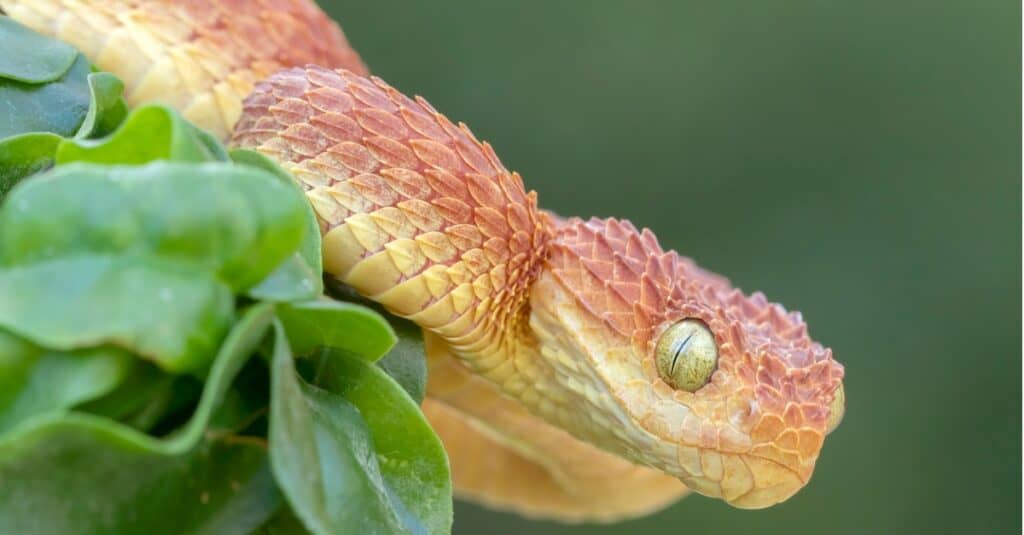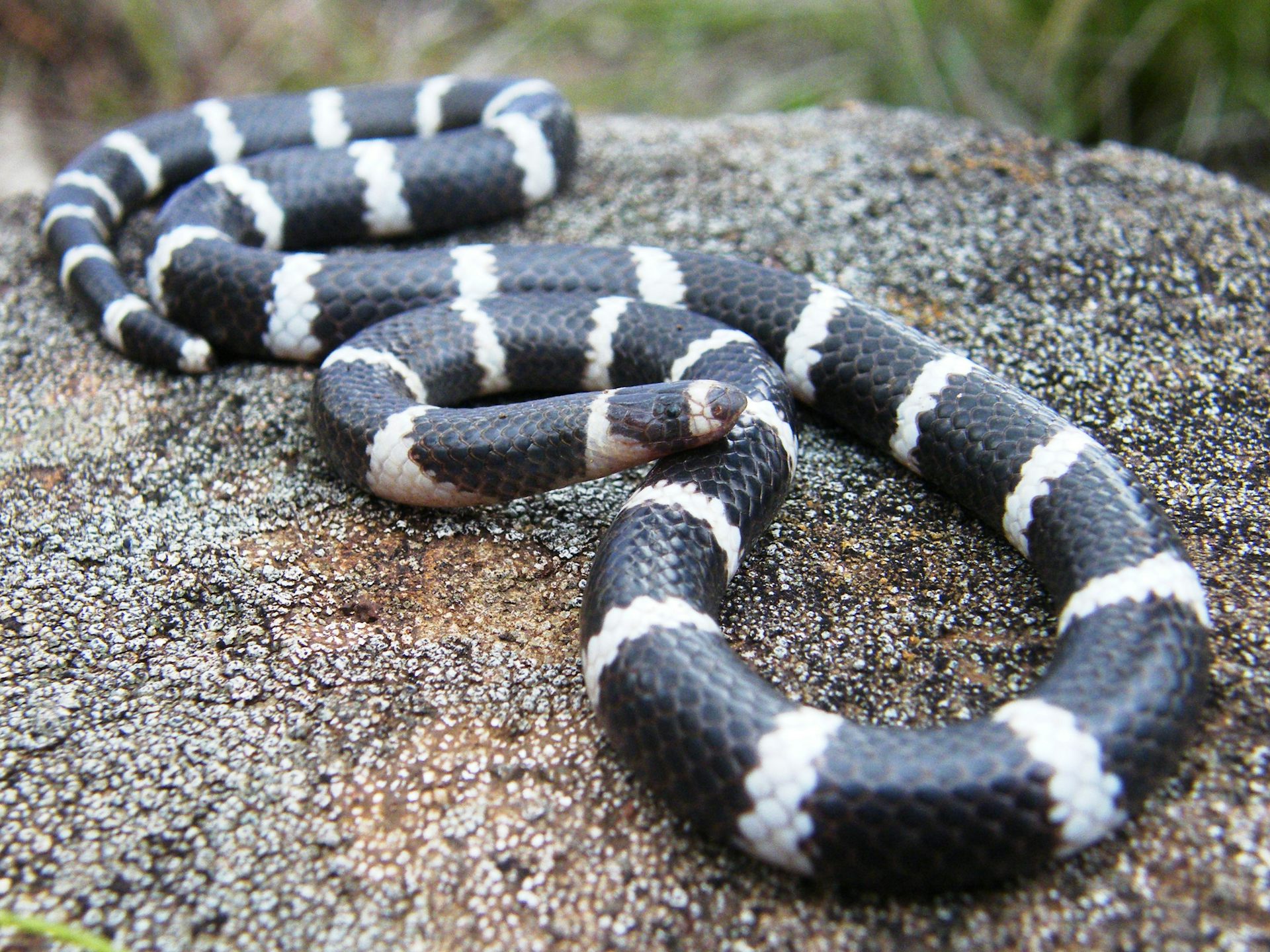Introduction
The Tasmanian tiger serpent, clinically called Notechis scutatus, is one of Australia's a lot of intriguing reptiles. Found primarily in Tasmania yellow faced whip snake bite and its surrounding islands, this snake has garnered attention not only for its striking look however additionally for its complicated behavior and important function in the ecosystem. This post will discover the various facets of the Tasmanian tiger serpent's environment, actions, makeup, and communications with human beings while giving crucial info about precaution in instance of a snake bite.
Whether you're a researcher, a wildlife lover, or just someone interested concerning these remarkable animals, this extensive guide assures to provide understandings that are both useful and interesting. So allow's start this trip to comprehend first aid kit with snake bite the Tasmanian tiger snake better!
The Tasmanian Tiger Serpent: An Overview
Physical Features of the Tasmanian Tiger Snake
Tiger serpents are identified by their distinctive coloration and patterns. They typically display a mix of yellow or cream stripes on a dark brown or black background-- therefore the name "tiger." Grown-up tiger snakes can mature to about 2.1 meters long, although many individuals average around 1.5 meters.
Key Functions:
- Coloration: Differs from dark brown to olive green with lighter bands. Size: Grownups typically vary from 1.2 to 2.1 meters. Head Forming: Definitely broad with popular eyes.
Distribution and Environment of the Tasmanian Tiger Snake
The Tasmanian tiger serpent predominantly lives in coastal regions, wetlands, marshes, and grasslands in Tasmania. It flourishes in environments where it can easily access water sources since it is frequently located near streams or lakes.
Habitat Preferences:
- Wetlands: Suitable for hunting target like frogs and little mammals. Coastal Areas: Offers abundant food resources. Grasslands: Offers cover and basking spots.
Understanding Tiger Snake Behavior
Feeding Practices of the Tasmanian Tiger Snake
Tiger serpents are carnivorous and opportunistic feeders. Their diet plan is composed mainly of frogs, fish, tiny creatures, and birds. They rely upon their keen vision and swift motions for hunting.
Dietary Failure:
- Frogs: A key element because of wealth in marsh habitats. Fish: Often caught when swimming in shallow waters. Small Animals: Periodically exploit rodents.
Breeding Behavior of the Tasmanian Tiger Snake
Tiger serpents have a fascinating reproductive cycle. Mating typically happens in spring after emerging from hibernation. Female tiger snakes bring to life live young as opposed to laying eggs, which is rather special amongst reptiles.
Reproductive Cycle:
- Mating Period: Spring (September to November). Gestation Period: Approximately 3 months. Litter Dimension: Arrays from 20 to 40 child tiger snakes.
Aggression and Defense reaction of the Tasmanian Tiger Snake
Though they can be aggressive when threatened, tiger snakes commonly favor to pull back rather than face danger directly. Their key defense mechanisms include biting when cornered or presenting their size via hissing.
Defensive Techniques:
- Hissing Noise: A caution signal showing distress. Bite Feedback: A last resource when retreat options are limited.
Are Tiger Snakes Venomous? Comprehending Their Venom
Venom Make-up and Effects
Yes! The Tasmanian tiger snake is venomous. Its poison includes neurotoxins that can trigger major damage or perhaps fatality if left neglected. The effects of a bite can consist of paralysis, Antivenom swelling at the bite site, nausea, and other systemic symptoms.
Venom Qualities:
- Neurotoxic Elements: Affect nerve system functioning. Hemotoxic Impacts: Can bring about tissue damage.
Common Signs Adhering to a Tiger Snake Bite
Recognizing symptoms immediately is essential for efficient emergency treatment monitoring after a serpent bite:
- Severe pain at bite site Swelling Nausea or vomiting Difficulty breathing
First Help for Snake Bites: What You Need to Know
Immediate Steps After a Tiger Snake Bite
In case you come across a circumstance involving a tiger serpent bite, it's critical to act quickly:
Call emergency situation services immediately. Keep the impacted limb immobilized at heart level. Remove tight apparel or fashion jewelry around the bite site.Creating Your Serpent Bite First Aid Kit
Having a properly equipped emergency treatment package can make all the distinction during emergency situations:|Thing|Objective|| ------|---------|| Compression bandage|To incapacitate limb|| Splint|To stabilize hurt location|| Antiseptic wipes|For cleansing wounds|

FAQs Concerning the Tasmanian Tiger Snake
What do child tiger snakes eat?
Baby tiger serpents mostly prey on small bugs and amphibians until they grow large enough to hunt bigger prey like frogs or small fish.
How hazardous is a tiger serpent bite?
A tiger snake bite can be very dangerous as a result of its powerful poison; immediate medical attention is vital for survival.
Where are eastern tiger snakes found?
Eastern tiger snakes inhabit coastal regions throughout southeastern Australia but are less common than their Tasmanian counterparts.
What must I do if I see a tiger snake?
Maintain your range; do not try to manage it unless you're educated to do so-- most attacks happen throughout attempts at capture or mishandling.
Can I endure without antivenom after being bitten?
While some people may endure without antivenom depending upon various aspects such as health and wellness conditions and time taken for therapy; looking for prompt medical help is constantly suggested as it substantially raises survival chances.
Are there any type of particular safety measures I ought to take while treking in Tasmania?
Always wear sturdy boots, stay on marked tracks, prevent high grass where exposure might be limited; acquaint yourself with neighborhood wild animals before heading out into nature!
Conclusion
The Tajamanian tiger serpent represents an essential part of Australia's abundant biodiversity landscape both environmentally as predators and culturally as icons within Australian mythology. Recognizing their habitat choices together with actions offers understanding right into just how we can coexist securely while appreciating wild animals borders-- bearing in mind that awareness leads us in the direction of much safer experiences outdoors!
By staying informed about prospective dangers such as envenomation from bites while likewise taking preventive measures makes certain favorable experiences when running into these remarkable creatures!

In verdict, whether you're interested by their striking appearance or captivated by their complicated actions-- the Tasmanian tiger serpent definitely is worthy of recognition beyond plain fascination-- it envelops nature's beauty intertwined intricately within our ecosystems!
